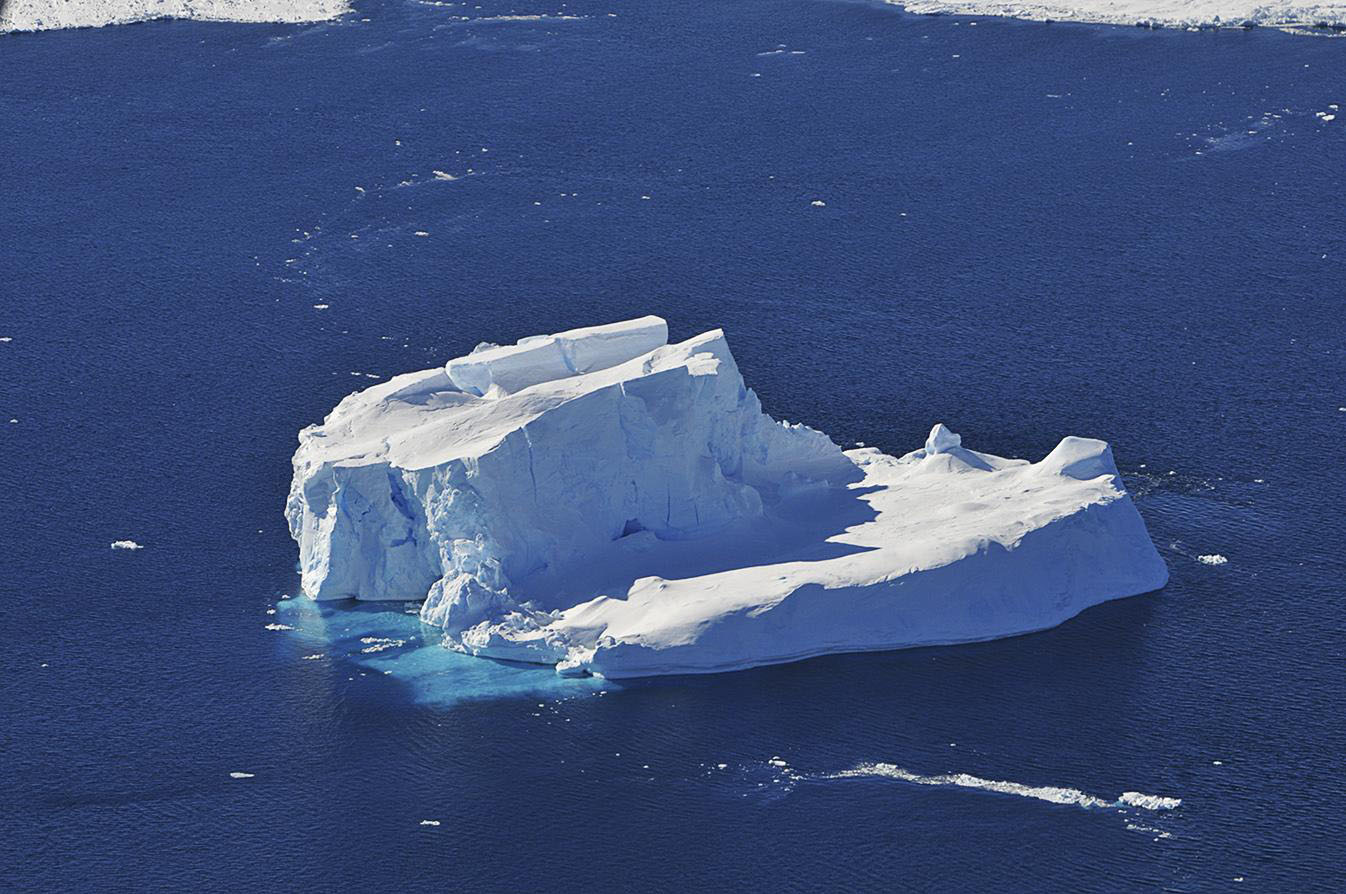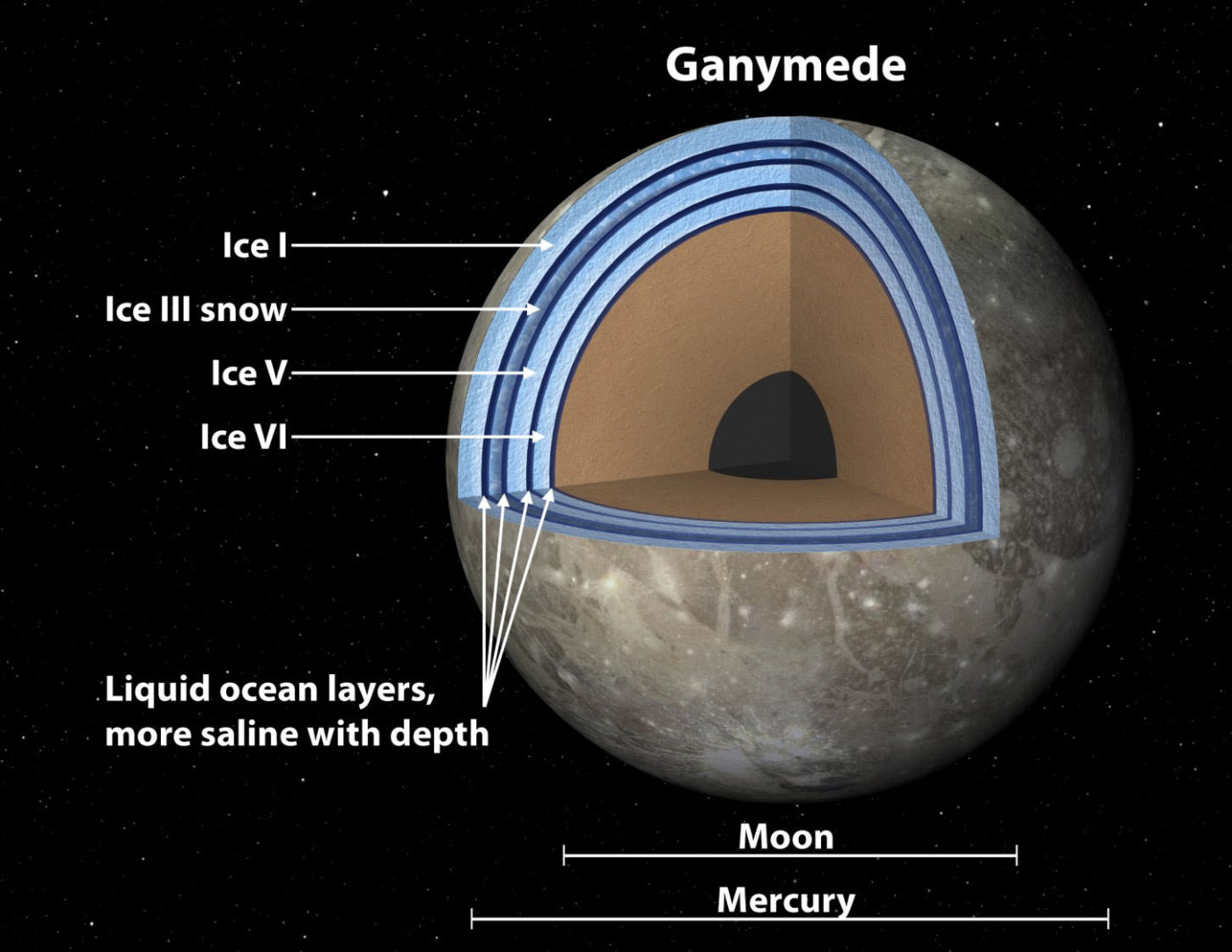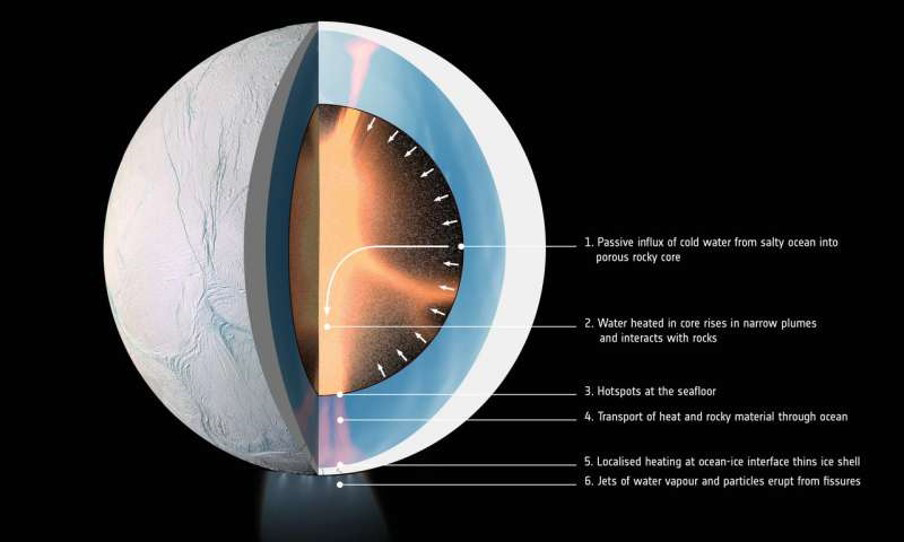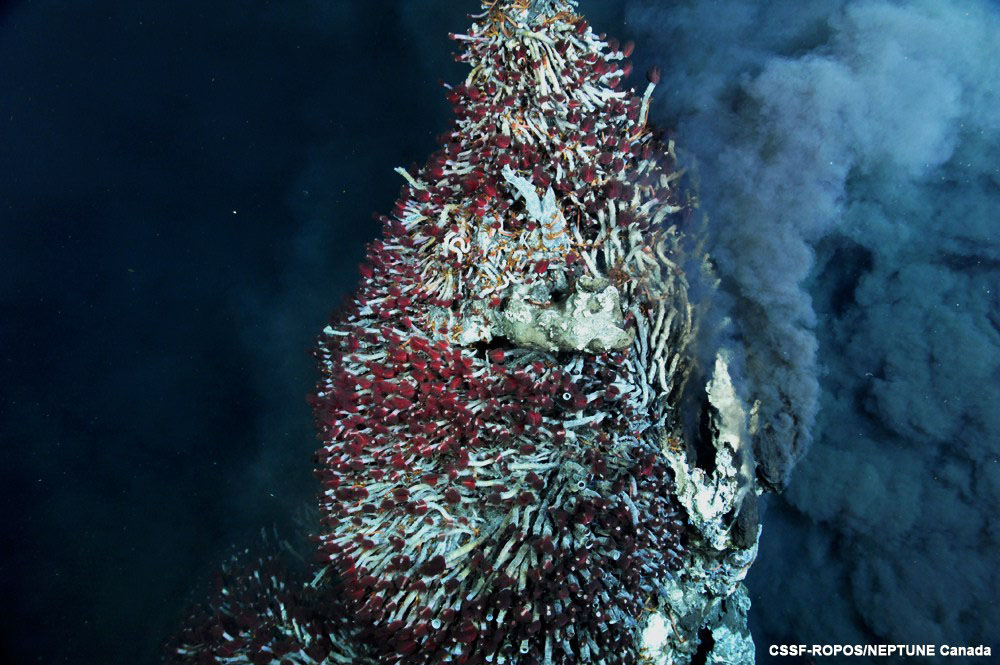January 27, 2018 9:00 pm
Is Alien Life Swimming on Europa and Enceladus?
Why watery moons hold the best chances of humanity encountering extraterrestrial life in the near future.
Today’s guest blog post is by StarTalk intern Kirk Long. Kirk is majoring in astrophysics while minoring in applied mathematics and piano at Boise State University. He spends his summer weekends working at the largest public observatory in Idaho, the Bruneau Sand Dunes State Park Observatory, where he gives educational astronomy presentations and operates various large telescopes for the public. Kirk also helps run the StarTalk Snapchat (startalk-radio).
Are we alone in the universe? As we’ve realized the size and scope of the cosmos, this question has come to dominate modern science. We’ve begun to scour places both near and far in our quest to find alien life, but so far our search hasn’t returned anything. Finding life around other stars, while certainly an exciting idea, will probably require technological advances in order for us to collect enough data on them (unless these extraterrestrials were to start broadcasting at us). Within our own solar system the search has largely been focused on Mars, but despite many probes and rovers we have only been able to conclude that, while Mars may have once been a more hospitable place, today it is largely a barren wasteland. The search for aliens, both within our solar system and outside of it, has focused on the idea that water would be integral to whatever alien species might exist, but why is that?

Water is one of the only substances that is less dense in its frozen form—which is just the beginning of a long list of special properties water has that make it conducive to life. If water were more dense in its solid state ice would sink to the depths of ocean, and this would not be great for life on Earth. Image Credit: NASA/Jane Peterson.
Water is incredibly important to life as we know it here on Earth, so it makes some sense that we might infer that it could be important to extraterrestrial life, but there are also some unique properties that water has that makes it so useful to life here on our planet. First, water can exist in three different states within a relatively tight range of temperatures (100C/K or 180F). Second, it can store a lot of energy and materials — as a polar molecule it can dissolve a wide variety of substances, which is really useful to transport things that life needs, both in and outside of cells. Finally, water is a pretty simple molecule — just two hydrogens and an oxygen — and it is relatively prevalent both in our solar system and in the universe as a whole (we think).
There are some potential substitutes that life could utilize instead of water, including methane and ammonia. Liquid methane has many properties similar to water, but it’s much colder (it is only a liquid between -160 to -180C). Although it’s not polar, it still can dissolve a good range of substances, and large, naturally occurring lakes of methane/ethane have been found on the surface of Titan. The biggest problem with methane is that because it is so cold wherever methane could be used by potential life, there’s also probably not very much energy there to make stuff happen — but it’s not impossible, as StarTalk host and astrobiologist David Grinspoon discussed in a paper he wrote in 2005. The other potential replacement for water is ammonia. Like water it is polar, relatively simple, and it exists in three different states within a pretty narrow range of temperatures (50C compared with 100C). It’s shifted a little bit cooler than water (it boils off at -33C), but not as drastically as methane. The largest problem with ammonia is that, for some unknown reason, it doesn’t seem to occur naturally in its liquid form pretty much anywhere in the solar system, and it’s unknown how likely it would be to form in an alien solar system. So although there are some potential alternatives, water is probably the best indicator of life that we know of for now.

Ganymede has been theorized to have a “sandwich” of oceans like this, and while life there is not impossible they are probably much less active than Europa’s or Enceladus’s oceans. Image credit: NASA/JPL-Caltech.
Now that we have discussed why water is such a big deal, where are the places we know it exists? Outside of the Earth — which has 1.4 billion km3 of water covering 71% of our surface — we’ve discovered or suspected water on a variety of targets, including: Ceres, Triton, Titan, Callisto, Mimas, Ganymede, Mars, and even Pluto. But not all water is created equal. Water on Ceres and Mars is probably all or mostly frozen, meaning it wouldn’t be very useful to potential life forms there. Triton, Titan, Callisto, Mimas, Ganymede, and Pluto have all been theorized to potentially have water inside of them, but we think that because they aren’t very geologically active this water is probably trapped and relatively inert, thus any life there would have a hard time finding energy to feed off of (the diagram above depicts what scientists theorize Ganymede’s interior may be structured as — many of the objects mentioned could have similar structures as well).
There are two other places with water in the solar system — Enceladus and Europa — and their water appears to be a cut above the rest. Enceladus and Europa are both theorized to be geologically active, meaning their subsurface oceans have constant geologic interactions and a source of energy for potential life. The Cassini mission at Saturn flew through plumes of water coming from Enceladus and analyzed their composition. Analysis of Cassini’s data found strong indicators of an ongoing geothermal process as well as determining that the ocean was remarkably similar to the chemistry of water surrounding deep sea vents here on Earth. This isn’t an ocean we would probably be familiar with — it has an estimated pH of 11-12 and is extremely briny — but it is a place where life could survive, and even thrive. What keeps the ocean beneath the surface liquid? Tidal interactions with Saturn stretch and pull the rock inside as it swings through its orbit (similar to how the moon drags up a few feet of water here on Earth — only more extreme). This stretching and compression generates a lot of heat, and it’s enough to heat water inside the ocean as high as 90C — certainly enough stored energy for life to make use of. Although we haven’t been able to make detailed observations of Europa yet, scientists believe it may be similar to Enceladus. Below is a diagram of the theorized structure of Enceladus and its ocean, which is based on fascinating findings from a recent paper you can find here from Nature.

Researchers have theorized that Enceladus has a porous, sandy core. This core would allow water to flow inside of it and then be superheated and squeezed back out by tidal pressures, creating warm jets of water that would stir up the sea floor and possibly provide the materials needed for life to survive. Image credit: NASA/JPL-Caltech/Space Science Institute/LPG-CNRS/U. Nantes/U. Angers/ESA.
Life inside an Enceladean or European ocean probably wouldn’t be crazy complex, however. There’s still a lot less energy available there than here on Earth, and less material as well. Life, if it exists there, would probably be most similar to extremophiles found here on Earth near deep sea vents. These extremophiles are usually single-celled archaea that rely on chemosynthesis (as opposed to photosynthesis) to turn chemical compounds that are created by geothermal interactions into food for the organism. Archaea includes some of the oldest known life-forms on Earth, and some scientists have theorized that life could have first originated around primordial seafloor vents. On Earth, entire ecosystems rise up around these tiny organisms, and a complex food chain is built up, including clams, crabs, small fish, tubeworms, and even octopi. Most of the organisms must remain smaller (due to the relative lack of energy), but it has not prevented incredibly diverse outcroppings of life in what we might at first assume to be a desolate place. Life on Europa or Enceladus is thus almost certainly not intelligent, but if we could discover it there it would be a huge step forward to understanding how life evolves in the cosmos. There are a few (long overdue) future missions planned towards these moons, including the Europa Clipper mission set to be launched sometime in the early 2020’s, which might provide further insight into the potential enclaves of life hidden beneath the ice. If life does exist on Europa or Enceladus, it has implications in the search for life outside the solar system as well — how many other potential moons outside of the “habitable zone” could be harboring alien oceans teeming with life?
As a future astrophysicist incredibly interested in finding alien life, it appears to me that Europa and Enceladus present humanity’s best chance at encountering an alien species anytime soon given our limited technology and the vastness of space. If we were to discover extraterrestrials there, it would be nothing short of groundbreaking, and it would answer that foundational question: are we alone?

A hydrothermal vent surrounded by tube worms. Image credit: CSSF-ROPOS/NEPTUNE Canada.
Want to read more? Here’s a starting list for further reading — much of this post is based off of findings from these articles:
G. Choblet et al. Powering prolonged hydrothermal activity inside Enceladus, Nature Astronomy (2017). DOI: 10.1038/s41550-017-0289-8
C. Glein et al. The pH of Enceladus’ ocean, Gechemica et Cosmochimica Acta (2015). DOI: 10.1016/j.gca.2015.04.017
B.J. Travis and G. Schubert. Keeping Enceladus warm, Icarus (2015). DOI: 10.1016/j.icarus.2014.11.017
J. Waite et al. Cassini finds molecular hydrogen in the Enceladus plume: Evidence for hydrothermal processes, Science (2017). DOI: 10.1126/science.aai8703
Get the most out of StarTalk!
Ad-Free Audio Downloads
Ad-Free Video Episodes
Stickers & Mugs
Live Streams with Neil
Priority Cosmic Queries
Early-Access Videos
Learn the Meaning of Life
...and much more

 Become a Patron
Become a Patron

